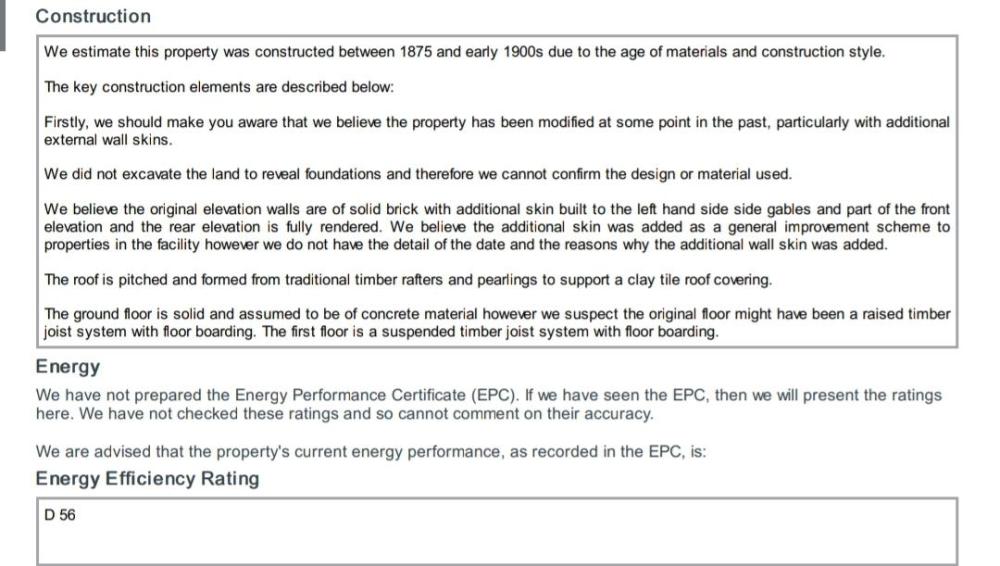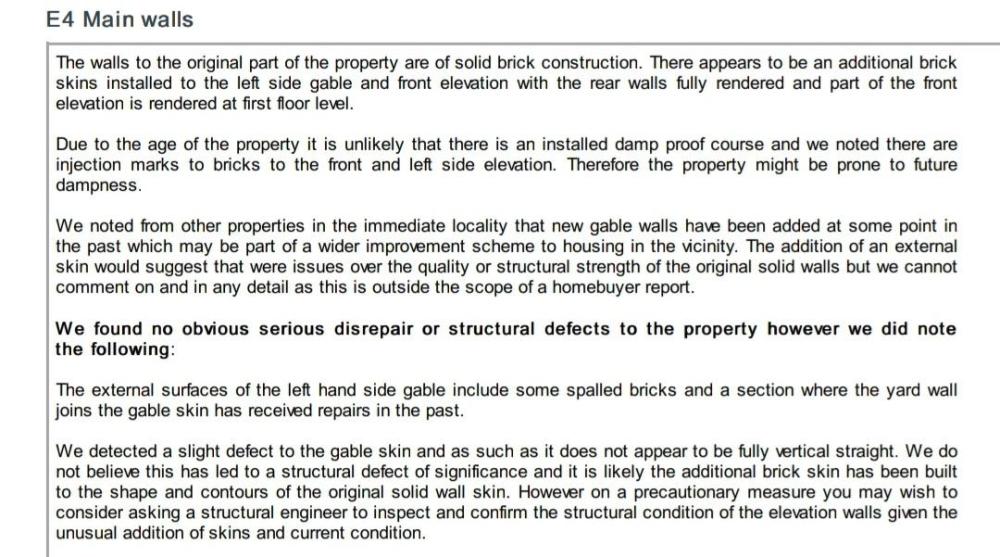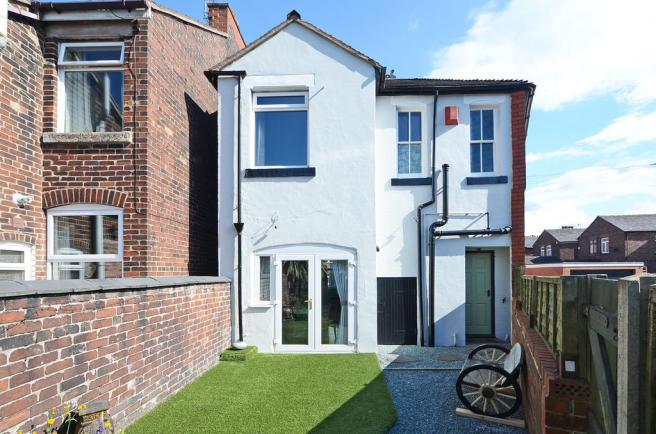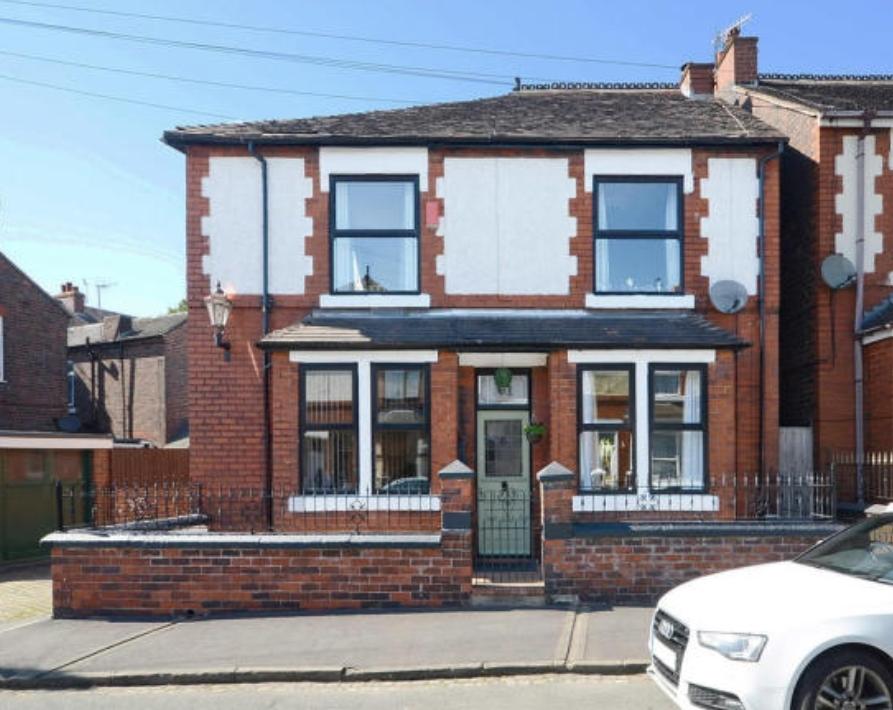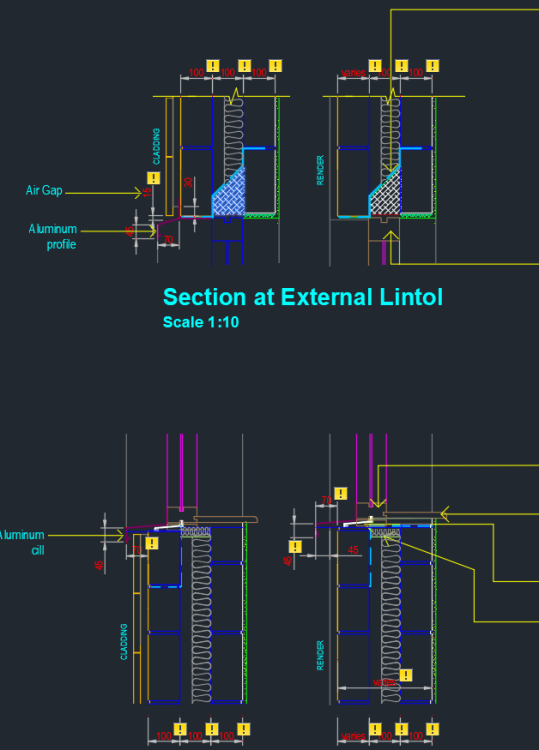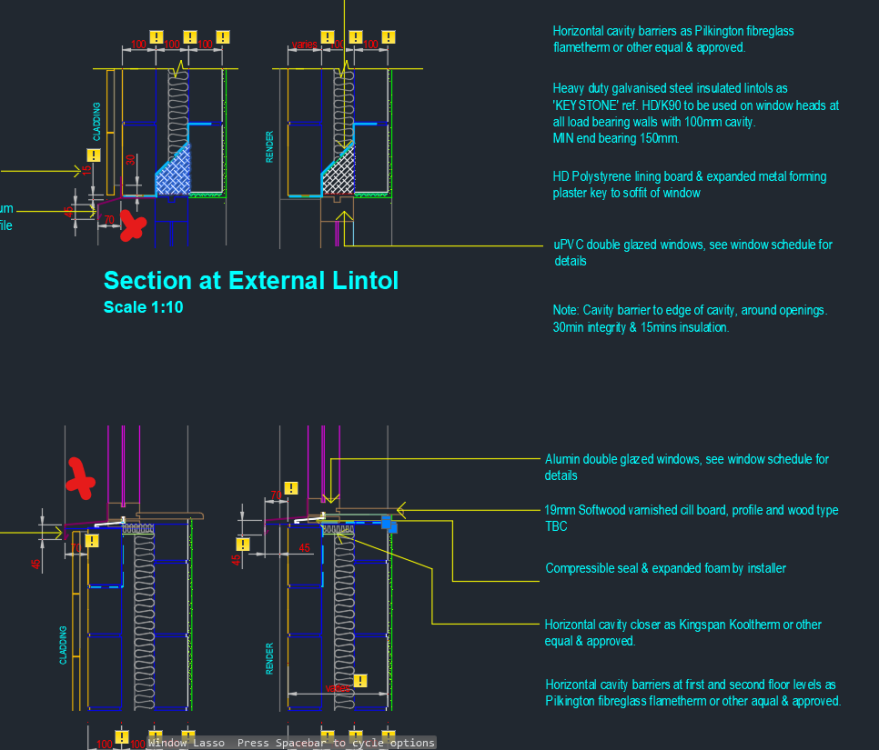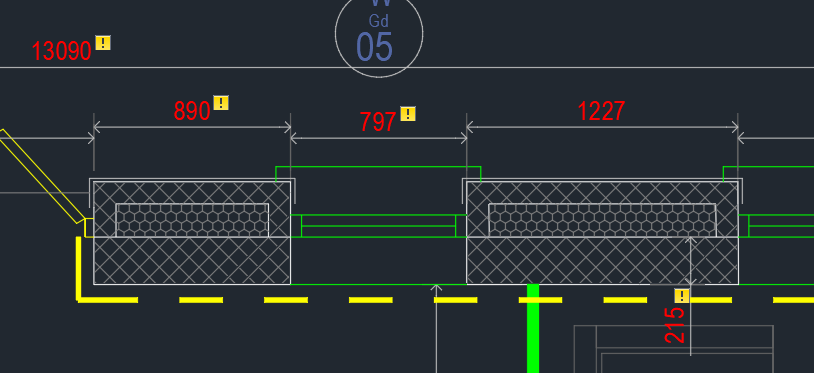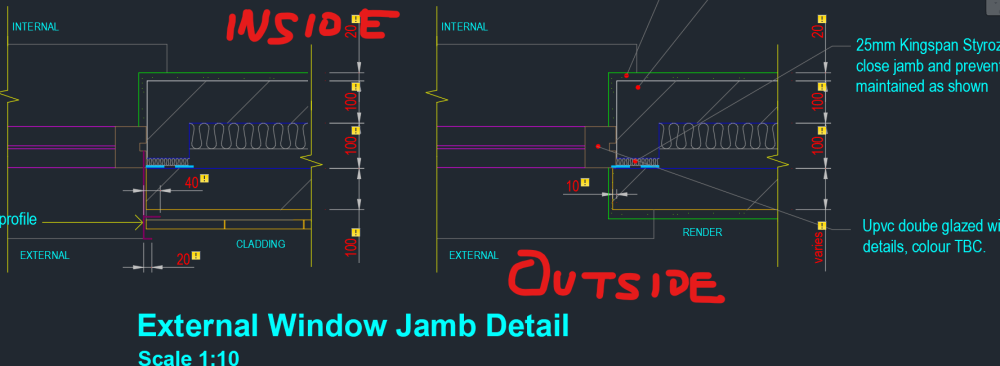Search the Community
Showing results for tags 'cavity wall'.
-
Hi. This is my first post. We bought a house around 4 years ago. I'm not sure of the exact year it was built but we have records that somebody requested to turn it into a pub in 1905 but was denied permission. A survey estimated it was built between 1875 and 1900. It's detached but very...
-
For reasons you can read about in the nightmare I reported here, the rear wall of our rear extension that went up 2.5 years ago is very damp and it's likely that the mineral wool fibre that was used to insulate the cavity is also wet. I am considering my options as to how to fix this aspect of the d...
- 44 replies
-
- damp
- cavity wall
-
(and 1 more)
Tagged with:
-
I'm editing drawings (in the absence of my architect, who is poorly), to widen the cavity between block leaves from 100mm to 150mm. I noticed a couple of descrepencies in and around the window reveals (1) window position different between the lintol & cill (see image 1) (2) block return a...
- 9 replies
-
- cavity wall
- window position
-
(and 2 more)
Tagged with:
-
Hi, I am looking at potentially installing insulated plasterboard on outside facing walls. I have two rooms on the first floor that are exposed on 2 sides and are by far the coldest rooms in the house. I am about to remove the carpets and install new flooring, sand/plaster were required...
- 1 reply
-
- insulation
- old house
- (and 4 more)
-
The outer leaf for most of the house's cavity walls are going to be flemish bond. We'll cut bricks in half to make 'header' part of the bond as you'd expect. What I was wondering is whether we should widen the cavity slightly to make the laying easier. Half a standard brick is 215 / 2 = 107.5mm wher...
- 28 replies
-
Good morning all, I have been asked by the building control to render the wall as it has severe weather exposure. However due to the planning requirement we have to have brick finish. Any suggestions or way around this ? Many thanks
-
Firstly hello from Cornwall, Having browsed for the last year or so both here, GBF and on the old ebuild site I have to say what a fantastic source of info such places offer. Myself and partner are about to begin our self build I'm hoping someone can help with a particular question....
- 13 replies
-
- timber frame
- cavity wall
-
(and 1 more)
Tagged with:

